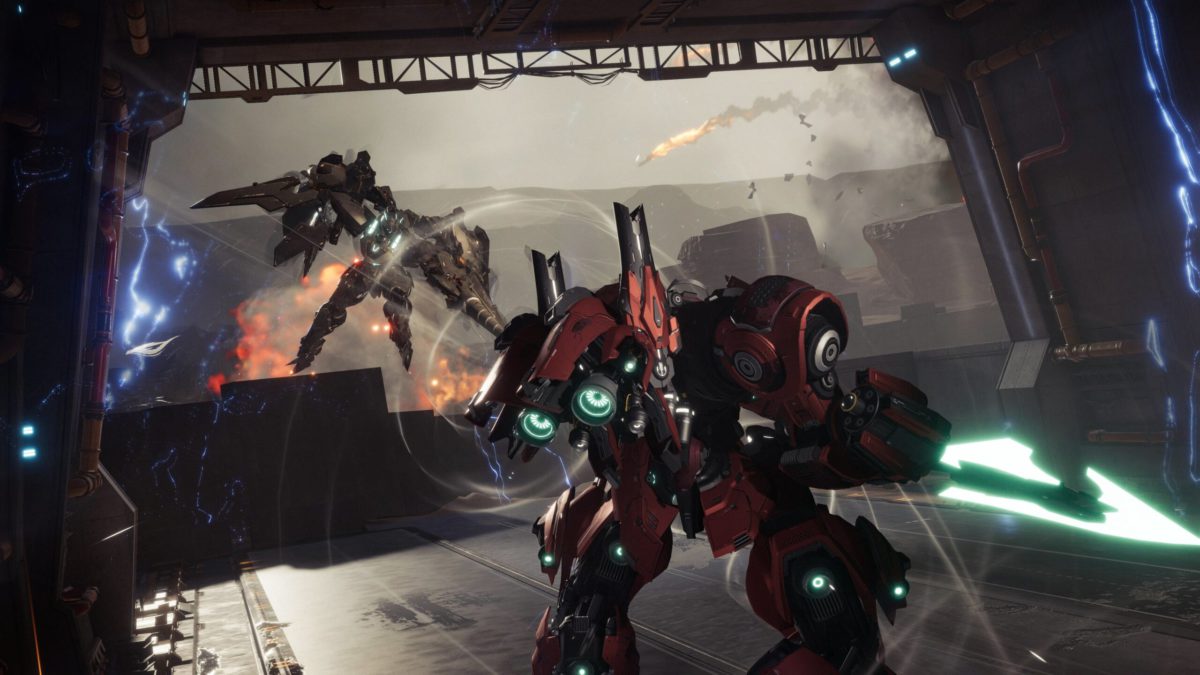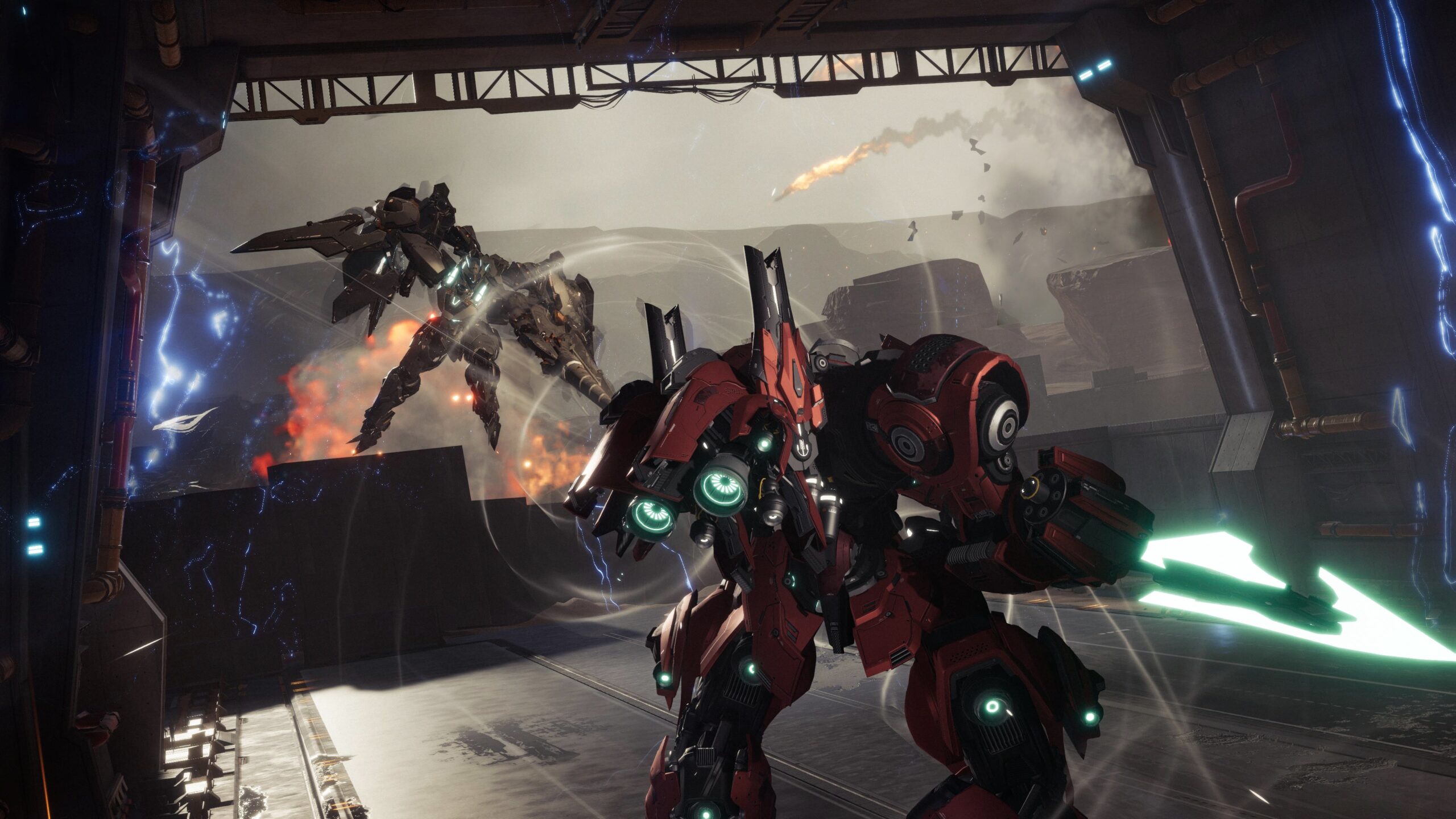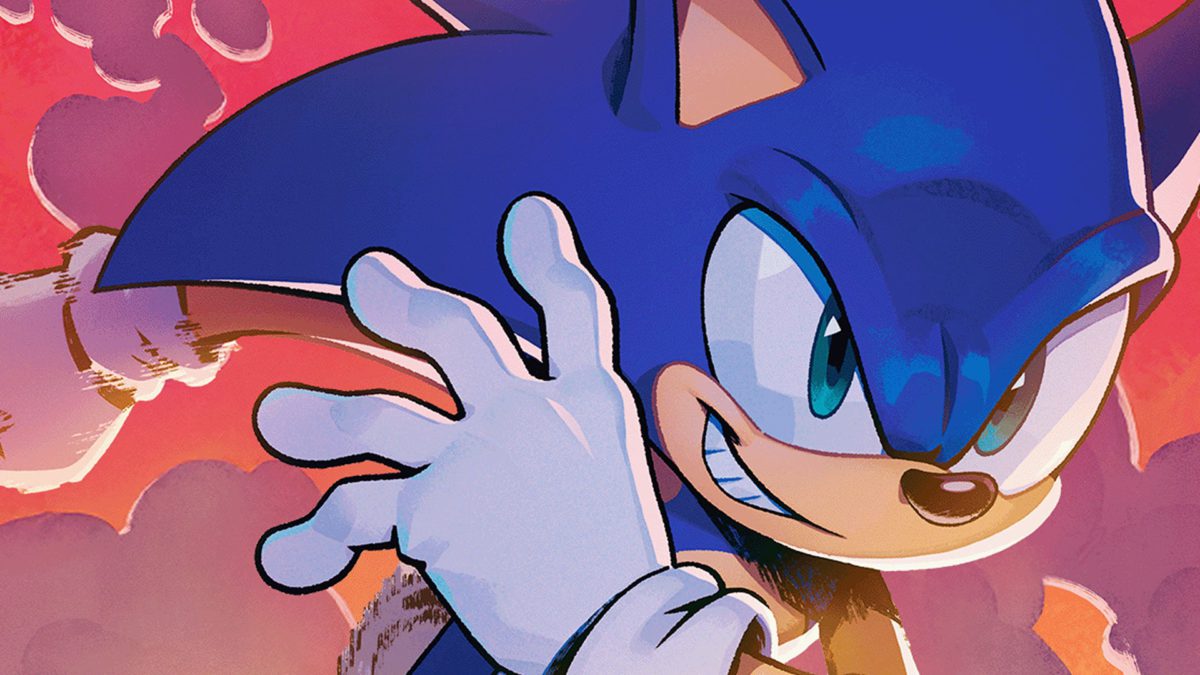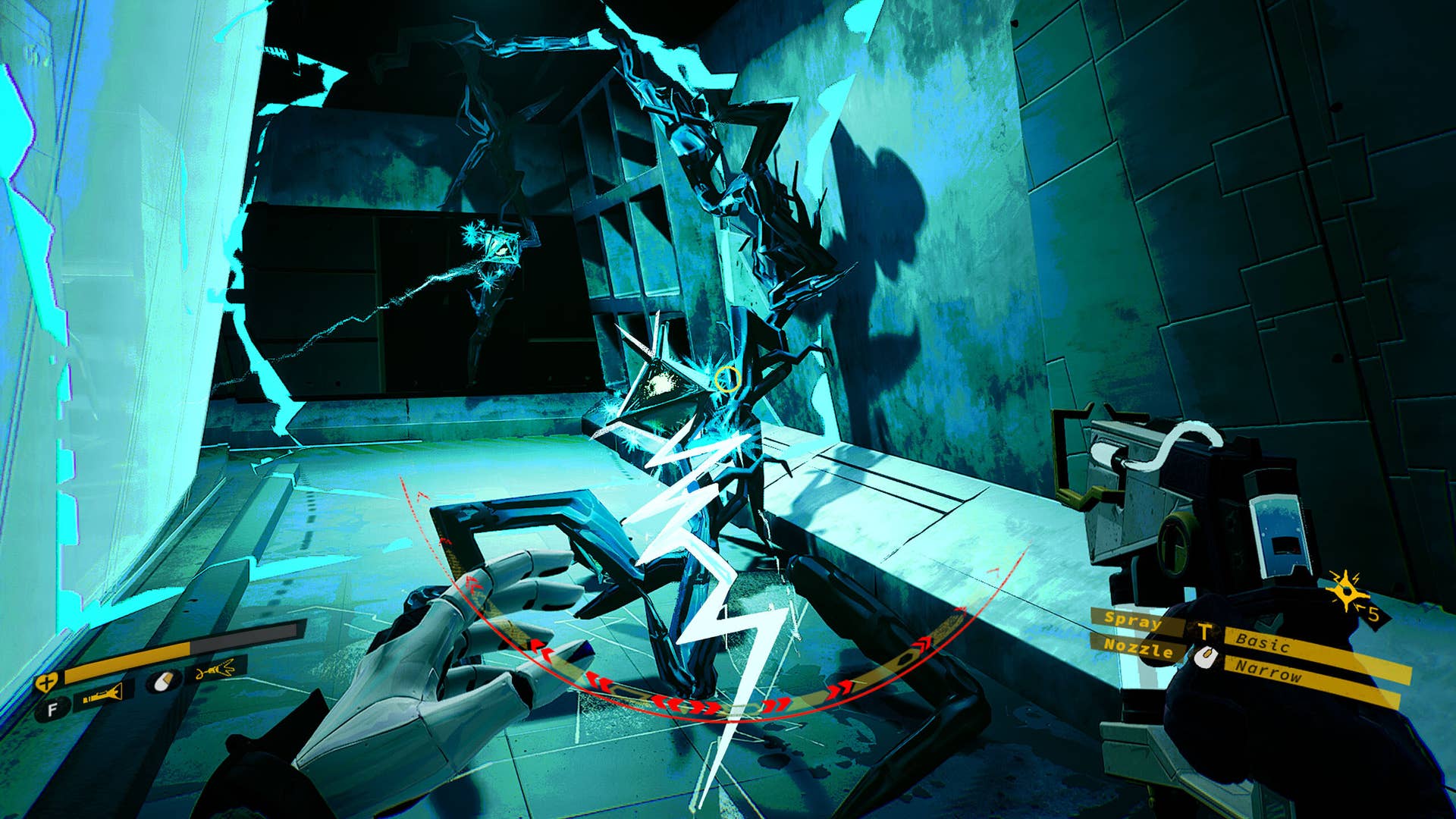Summary
- Dying Light: The Beast launches August 22 on Xbox Series X|S and Xbox on PC.
Dying Light hero Kyle Crane returns – but not as you previously knew him.
A culmination of more than 10 years’ experience in open world survival horror, Dying Light: The Beast aims to deliver.
Summer Game Fest earlier this month was an absolute whirlwind, and I’m still buzzing from the incredible energy we felt in Los Angeles where more than 100 journalists and content creators got their hands on the very first Dying Light: The Beast gameplay demo. The cheers when they beat the giant Behemoth, the screams when they walked into a jump scare in the dark, and the joy when they ripped heads right off of zombie shoulders – it’s music to my ears!
We’ve shown a glimpse of what’s coming: a raw, brutal return to the roots of what makes Dying Light so special, but with a monstrous twist. And this experience was not just available to the few lucky people at Play Days, but to everyone who enjoys the thrill of an open world survival horror action game!
The Return of a Hero, Reimagined
Yes, you saw correctly. Kyle Crane – the legendary hero of the original Dying Light – is back. But he’s different from the Kyle you remember. He’s been through unspeakable horrors. Years of painful genetic experiments at the hands of the Baron have changed who he is – what he is. He now carries both human and infected DNA, a furious inner conflict that fuels his new abilities but also brings him to the brink of humanity.
We’ve designed Dying Light: The Beast to let you truly feel that struggle. One moment, you’re the agile survivor, relying on parkour and precision. The next, you’re unleashing raw, beast-like power, tearing enemies apart with primal brutality. In the beginning of Dying Light: The Beast you won’t have full control over your powers but once you do, it’s pushing the brutality of our combat system beyond anything you’ve experienced before.
This visceral brutality was among the best received elements from people who played the game. Whether they were expertly chaining parkour into a dropkick that sent an infected flying, or one-handedly crushing the skulls of an enemy with brute force – the reactions were priceless. We constantly heard shouts of “Oh, hell yeah!” and naughty chuckles as players pulled off those over-the-top, bone-crunching finishers.
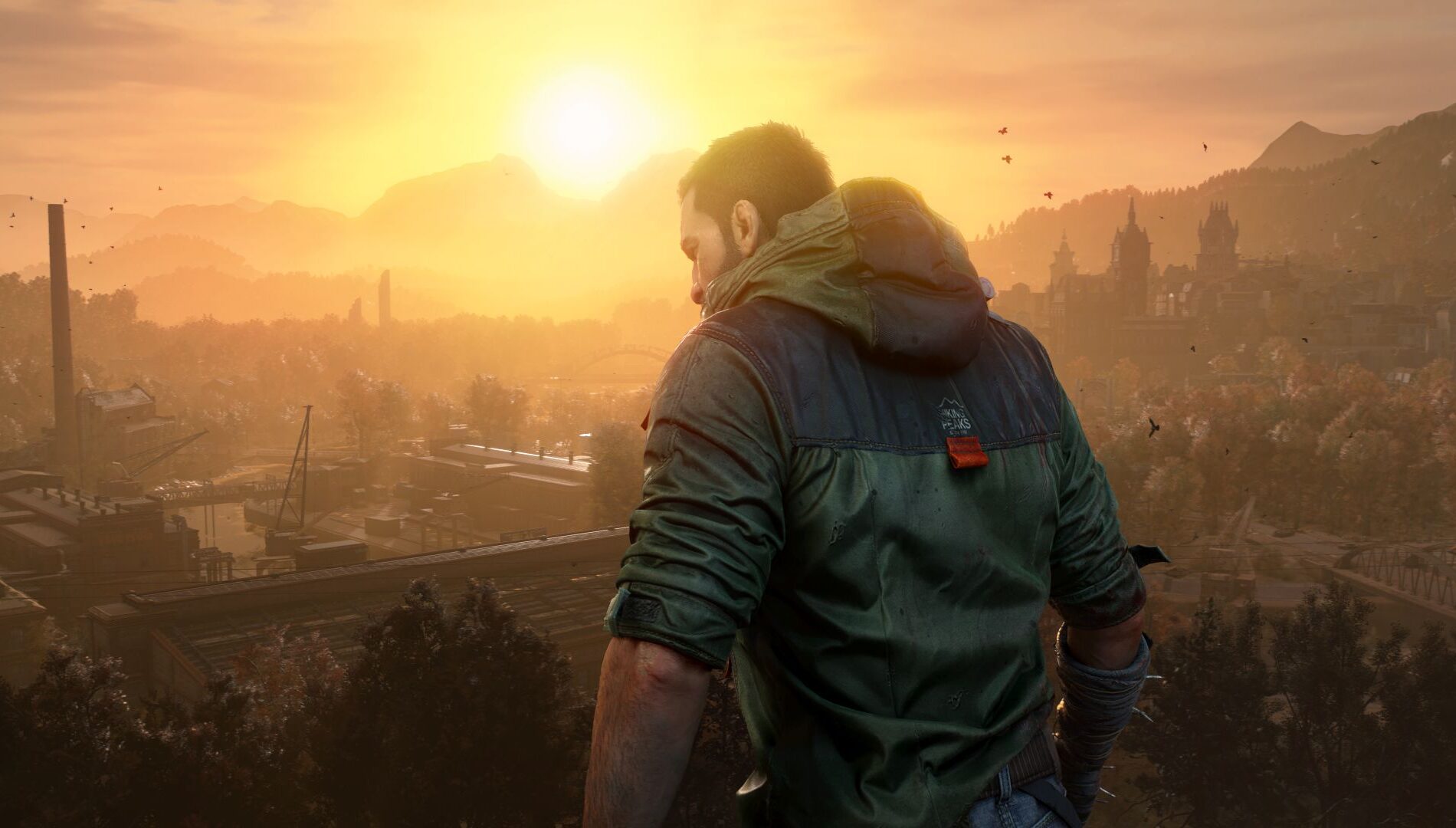
Fear the Nights!
One of the most vocal pieces of feedback we received from Dying Light 2: Stay Human was about the night. Many players told us, quite rightly, that we had perhaps made it a little too accessible. We heard you loud and clear. With The Beast, we are taking the night back to its terrifying glory. For me, one of the most terrifying sounds in the demo was when Kyle’s wristwatch beeps and marks the end of a day. That “golden hour” moment when the sun dips below the horizon – that’s when the world completely transforms.
With the environment in Castor Woods so dramatically changed, the night offers a completely different challenge. The sense of dread, the urgency, the feeling that every shadow hides a new horror… it’s all dialed up to eleven. When you turn off the flashlight in the woods, it’s truly pitch black and leaves you easily disoriented. Surrounded by our apex predators – the Volatiles – every shadow makes you question “was it just a bush or one of them?” We even play with that primal fear systematically: Don’t be surprised if we spawn a zombie right behind the tree you just checked a few moments ago…
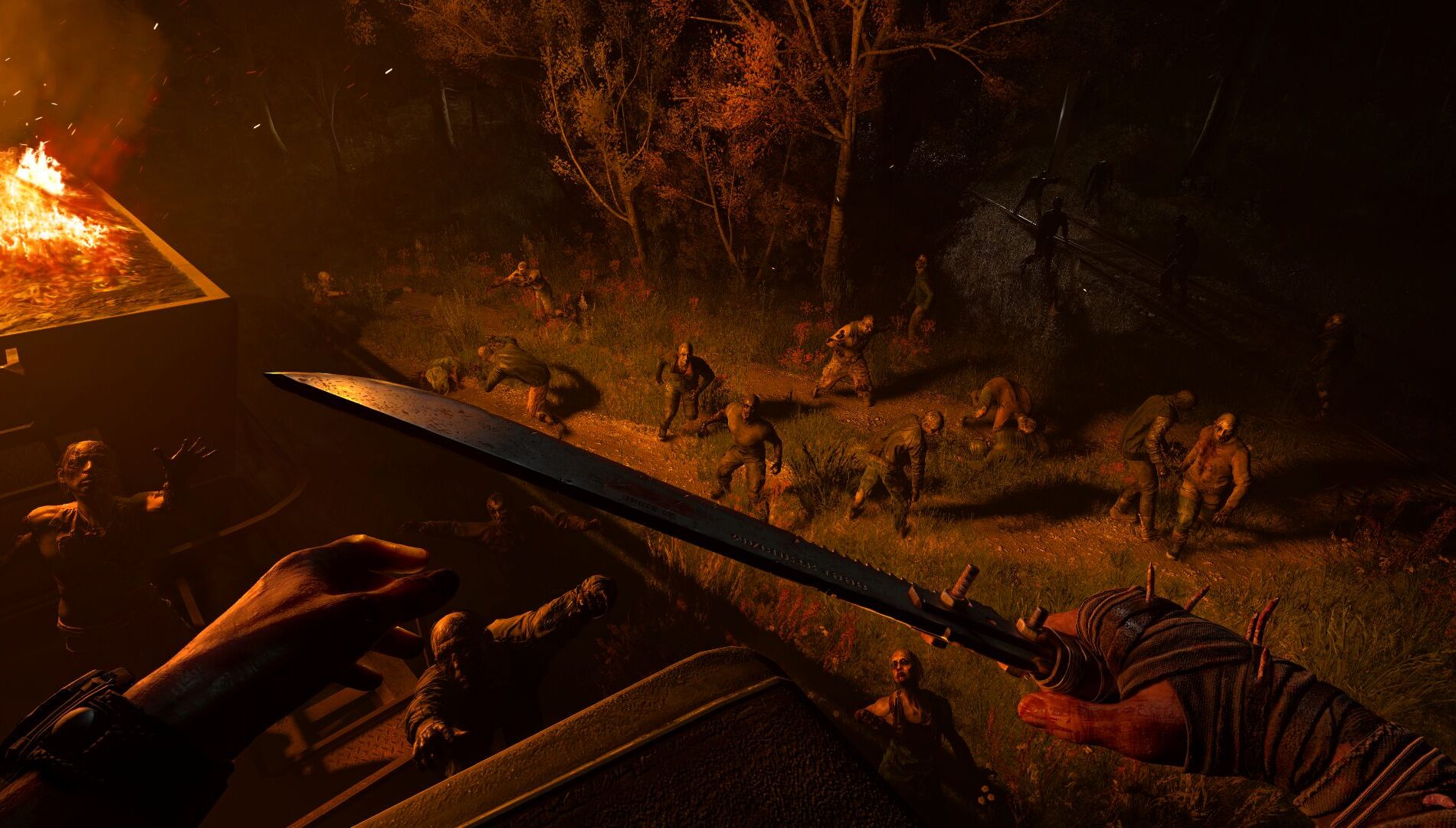
Your Open World Playground
The mission that is shown in the gameplay demo is a great example of how any given day in the decaying, post-apocalyptic world of Castor Woods might look like: You start in the parkour-paradise that the old town offers you, climb and jump the rooftops, loot through the beautiful, hand-crafted interiors. Then you find yourself in the middle of a forest at night, fight off biters to secure a safe house, solve parkour puzzles to get to places that otherwise would be hidden, and plow through hordes of zombies in a 4×4 truck.
But Dying Light: The Beast is a true open world game at heart. And that means not everyone sticks to the same path. We saw some truly hilarious and ingenious approaches during Play Days. Roughly a third of all players just bailed the basement after putting the fuse back in – refusing to fight the horde we deliberately put there so they learn about their Beast-like powers.
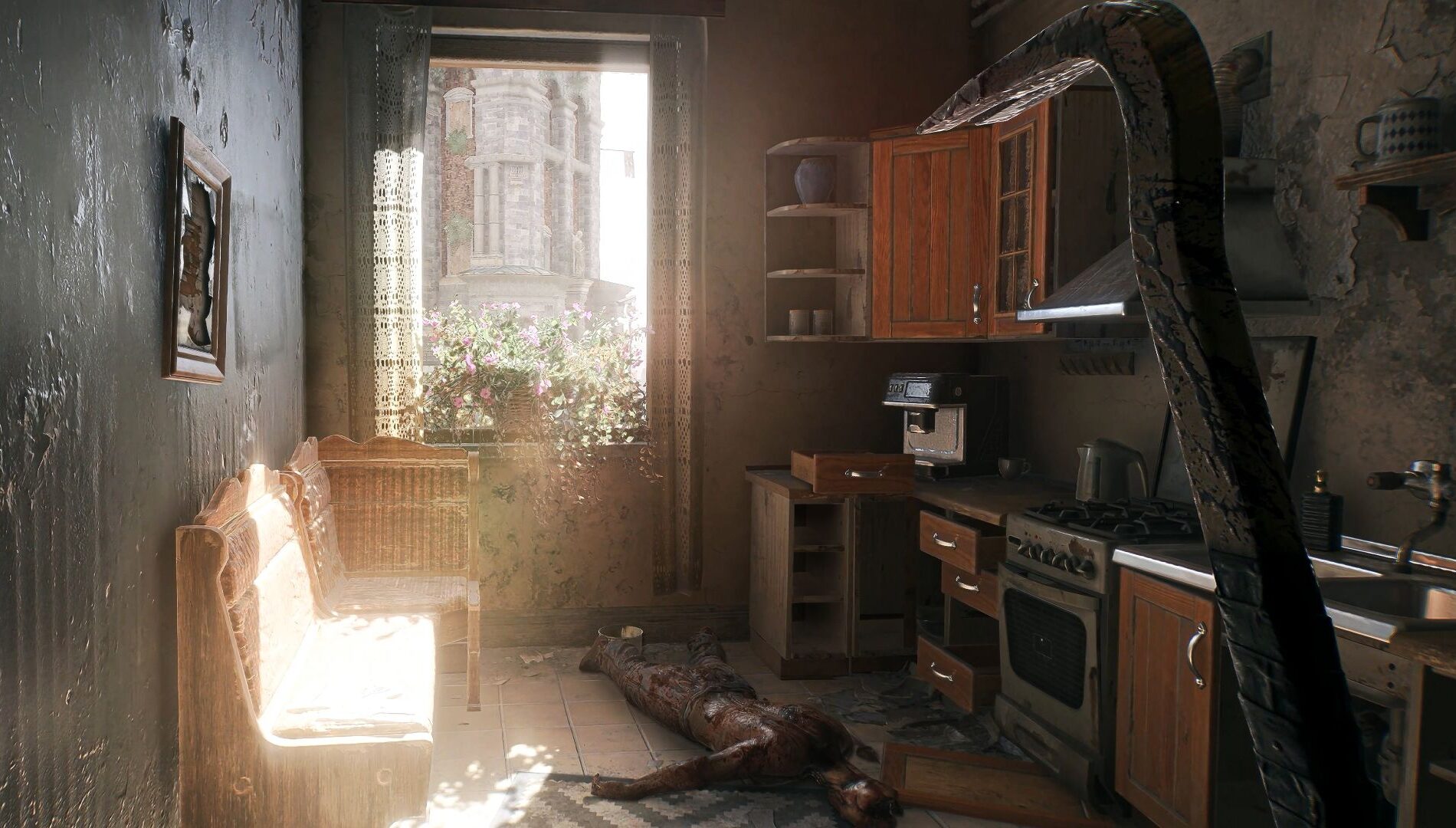
Two separate journalists were so obsessed with dropkicks that they ignored most of the other combat options. I swear, they tried to kick every single enemy off a rooftop! We practically had to hold them down and beg them to finish at least one of Baron’s soldiers the traditional way to loot a rifle for the boss fight at the end!
Another was so fascinated by the firecracker decoys that he decided to lure a horde of biters to the encounter with the soldiers. Instead of getting his own hands dirty, he watched from a far how zombies and human NPCs fought it out – and just sneaked past the chaos.
This is what Dying Light is all about for us: player freedom. We set the stage, we provide the tools, but how you navigate that world, how you approach its challenges, is entirely up to you and sometimes your creativity even surprises the people who make the game.
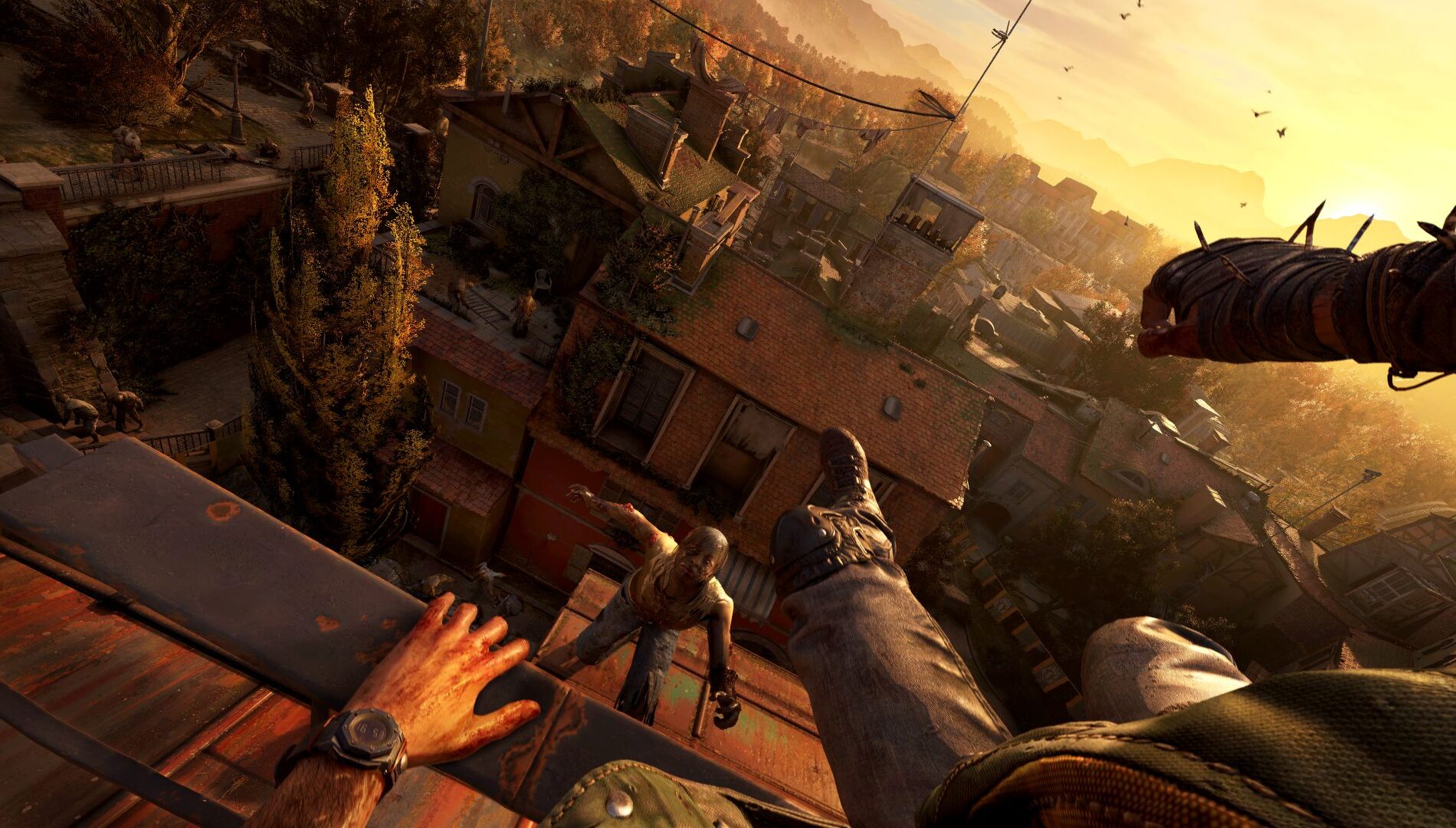
For us, Dying Light: The Beast is the most important game we’ve ever made. It’s a culmination of more than 10 years of experience in the open world survival horror genre – the best Dying Light game so far. But it’s not just for players who know the other games of the series. The nature of Kyle’s story is the perfect entry point to the franchise – after more than a decade in captivity, the world is as new to him as it is to newcomers.
See you in Castor Woods when Dying Light: The Beast launches on August 22, 2025 on PC and Xbox Series X|S. And good luck. You’re going to need it!
Dying Light: The Beast
Techland
Pre-order the Standard Edition now to get the exclusive Hero of Harran Bundle, which contains:
– Ultimate Survivor Outfit
– Harran Combat Knife (+ Upgradable Blueprint)
– The Follower Crossbow (+ Upgradable Blueprint)
– In Jade’s Memory Pistol (+ Upgradable Blueprint)
– Castor Woods Patrol
You are Kyle Crane. After being captured by the Baron and enduring his painful experiments for years, you escape. But the scars remain. Left on the edge of humanity with both human and zombie DNA, you struggle to control your inner beast and the conflict that comes with it. But you’ll need to, if you want to get your revenge on the man who did this to you. A unique blend of open world and action survival horror, Dying Light: The Beast is set in the beautiful, yet dangerous valley of Castor Woods that’s now overrun with zombies rather than tourists. To take your former captor down, you’ll need to form fragile alliances, as well as utilize all the combat and traversal options in your arsenal. But be careful: out here, each step is a fight for survival, especially once the sun sets and the tension heightens as the true horrors come out at night!
Half Beast, Half Survivor
Become Kyle Crane, a unique hero with DNA of a survivor… and a beast. Switch between two playstyles and experience a fierce inner conflict between man and monster, leading to the ultimate embrace of unstoppable strength.
Primal Brutality
Take the raw savagery of Dying Light’s combat to the extreme and push brutality beyond human limits as you crush skulls, rip heads off, and tear enemies in half struggling to control the hero’s constantly evolving, rage fueled, beast-like powers.
Own the day, fear the night
A signature of the Dying Light series – two vastly different experiences of day and night merge into one unforgettable whole. Scavenge and explore by day, mindful of the constant tension of the moving clock – as when the sun sets, the night unleashes horrors that leave you with only three choices: run, hide, or fight for your life.
Run the Rooftops, Rule the Roads
Feel the rush of best-in-class first-person parkour as you jump from rooftop to rooftop and climb over any obstacle using a movement system accessible to all, yet rewarding those who master it. Then take the wheel of an off-road vehicle and plow through hordes of zombies enjoying unparalleled freedom of open world traversal.
Beautiful Zombie Apocalypse
Breathtaking next-gen visuals bring the handcrafted zombie apocalypse to life, where every detail tells a story of survival. Get lost in the majesty of Swiss-Alps inspired valley of Castor Woods with various biomes – tourist town, industrial area, national park, farm fields, swamps – full of beauty… and decay.
Share the adventure
Band together in up to 4-player co-op to take on the dangers of Castor Woods, where every fight, every discovery and every twisting step of the story can be faced as a group. Use shared progression to conquer the entire adventure side by side, as you face relentless enemies, scavenge for resources and save each other from the brink of death.
The post How Dying Light: The Beast Combines Open World and Survival Horror To Maximize Player Freedom appeared first on Xbox Wire.

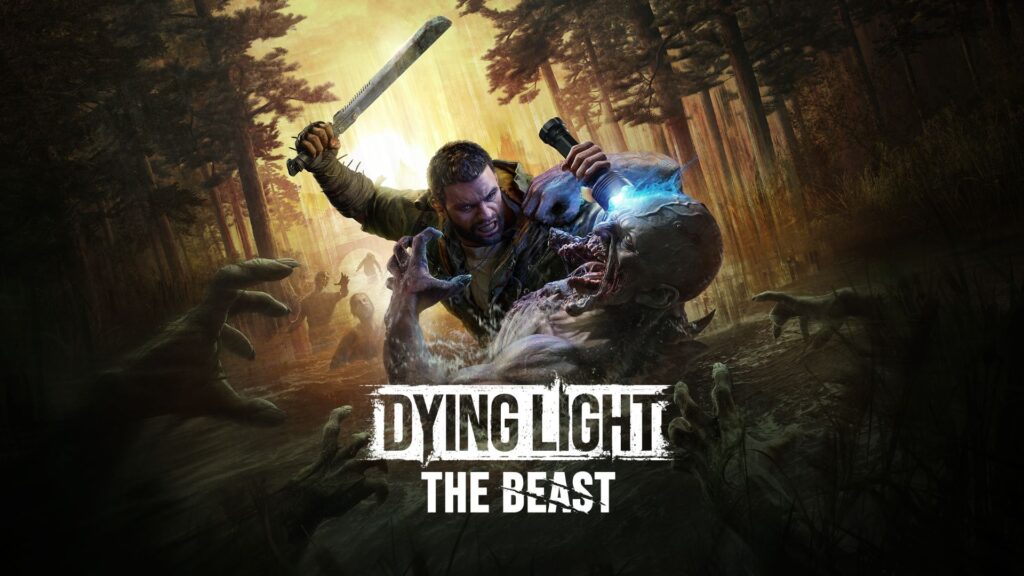
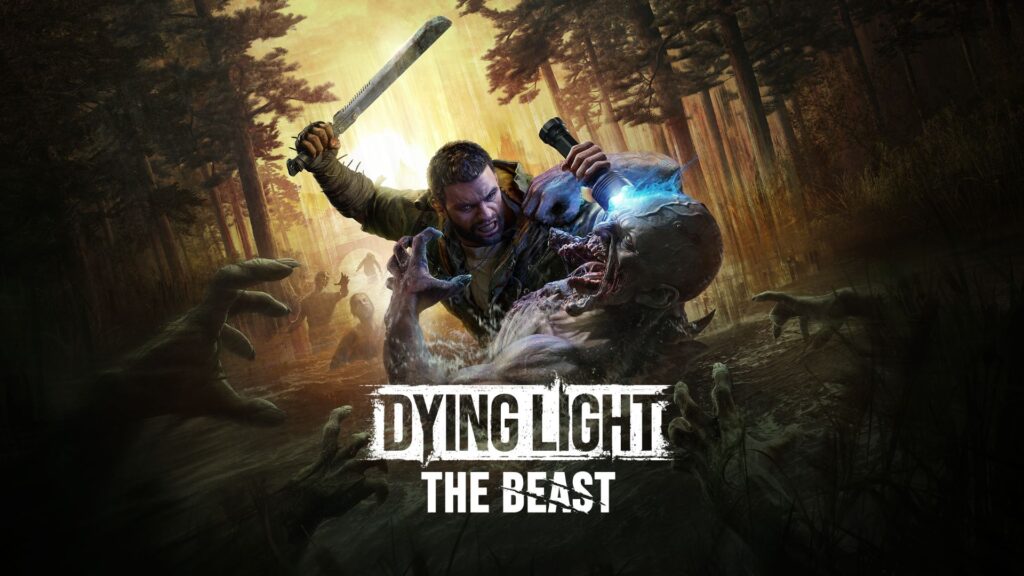

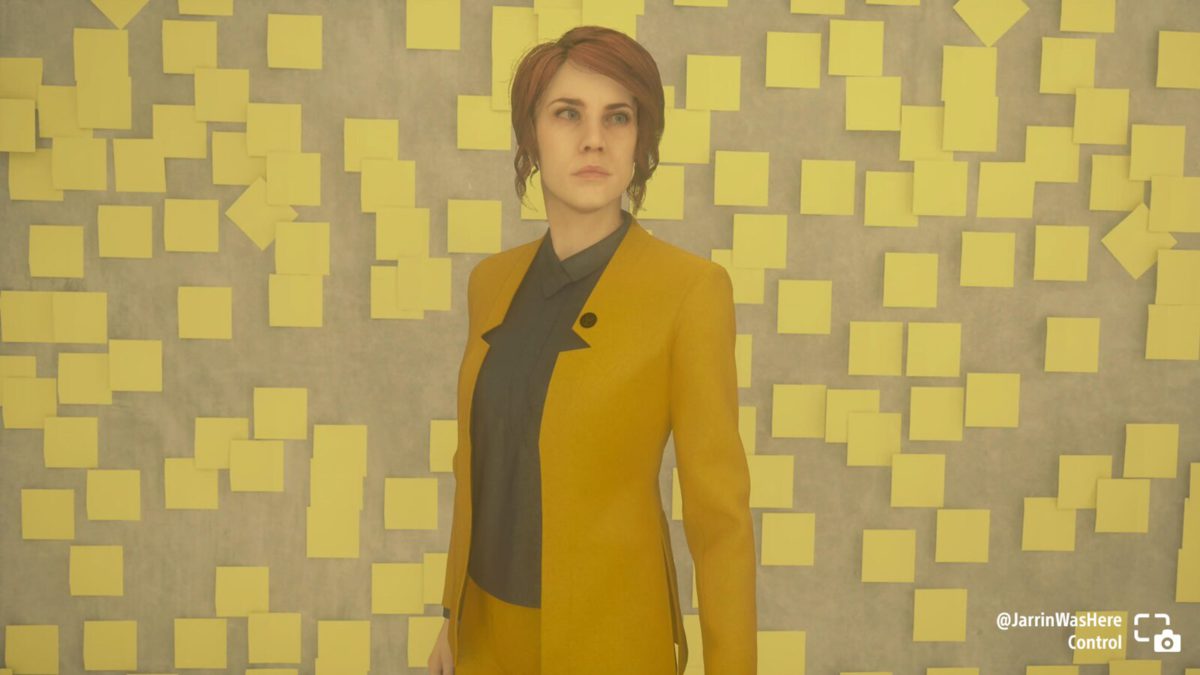









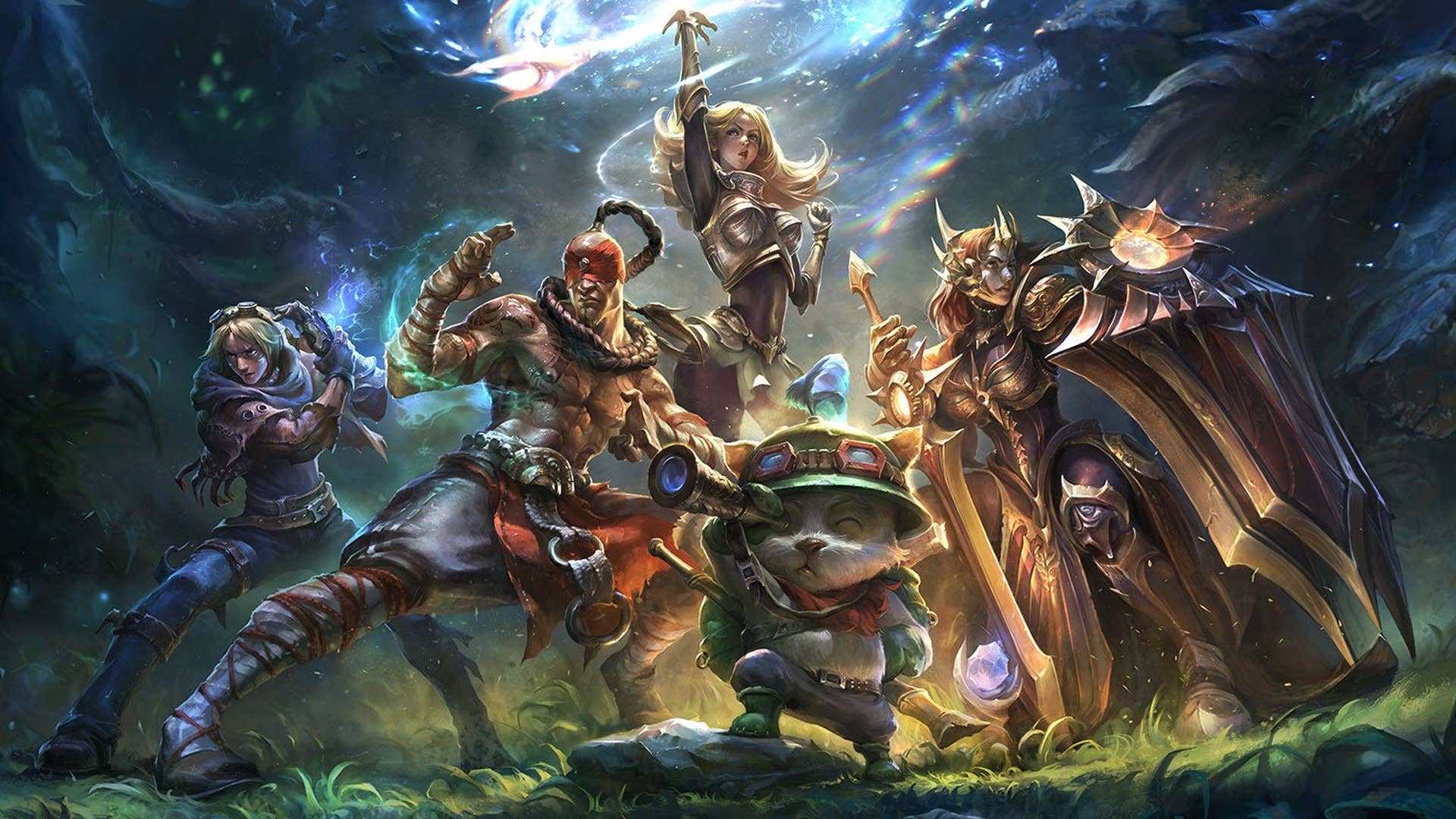
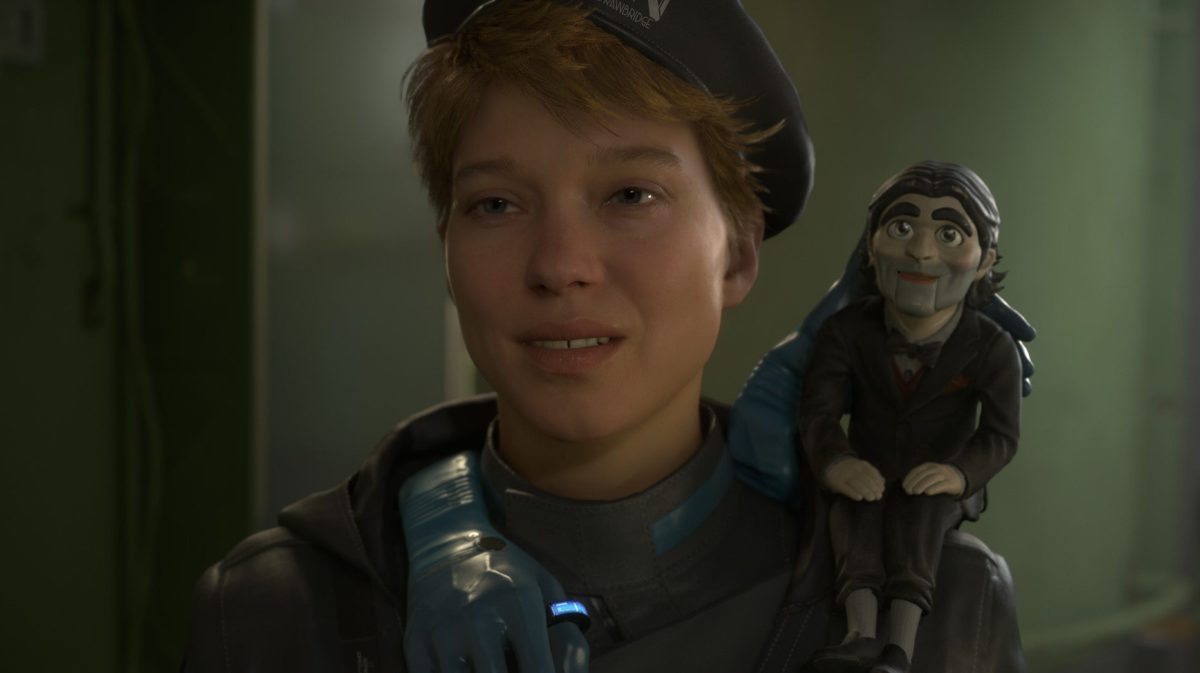

.jpg?width=1920&height=1920&fit=bounds&quality=70&format=jpg&auto=webp)
